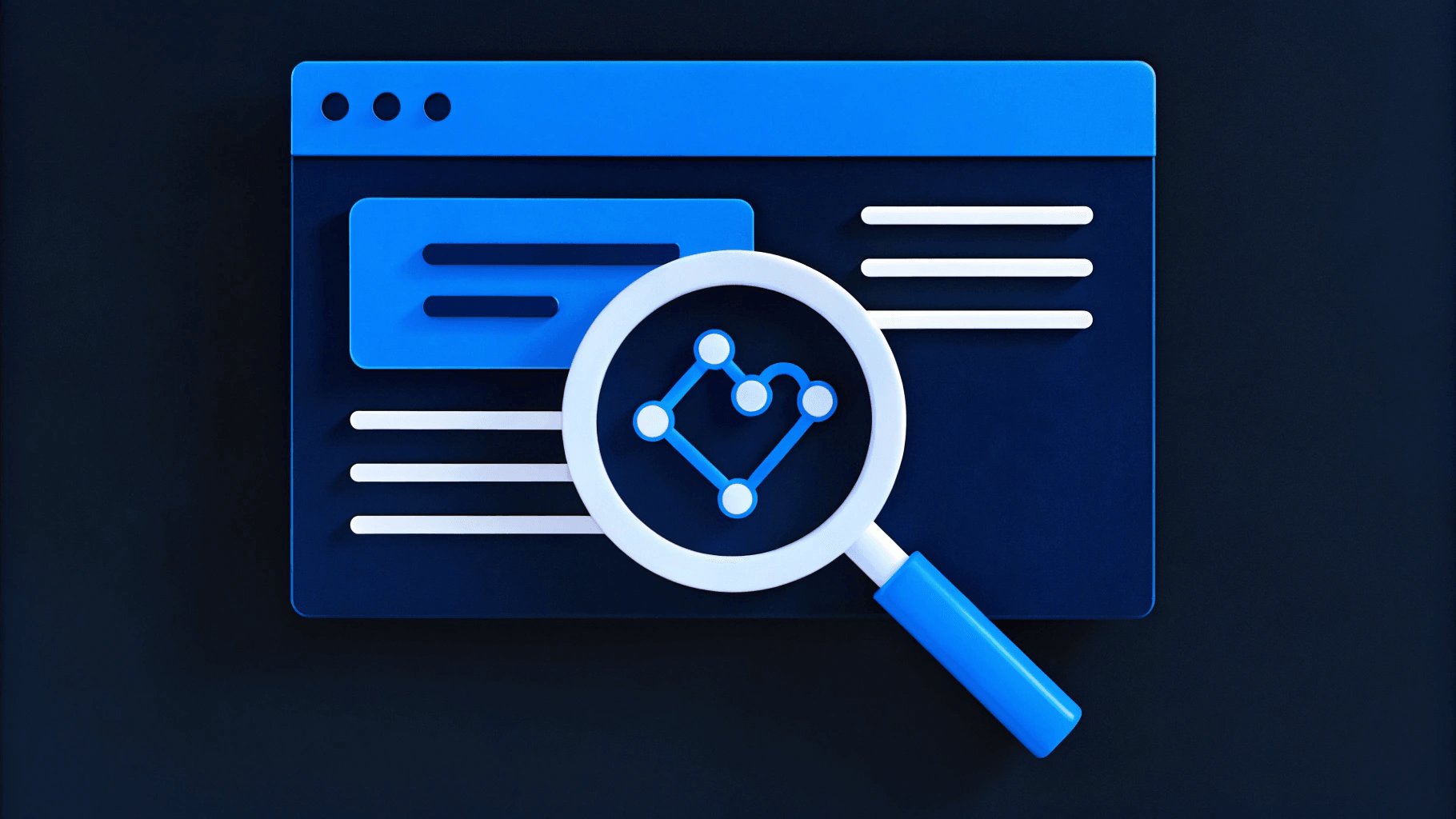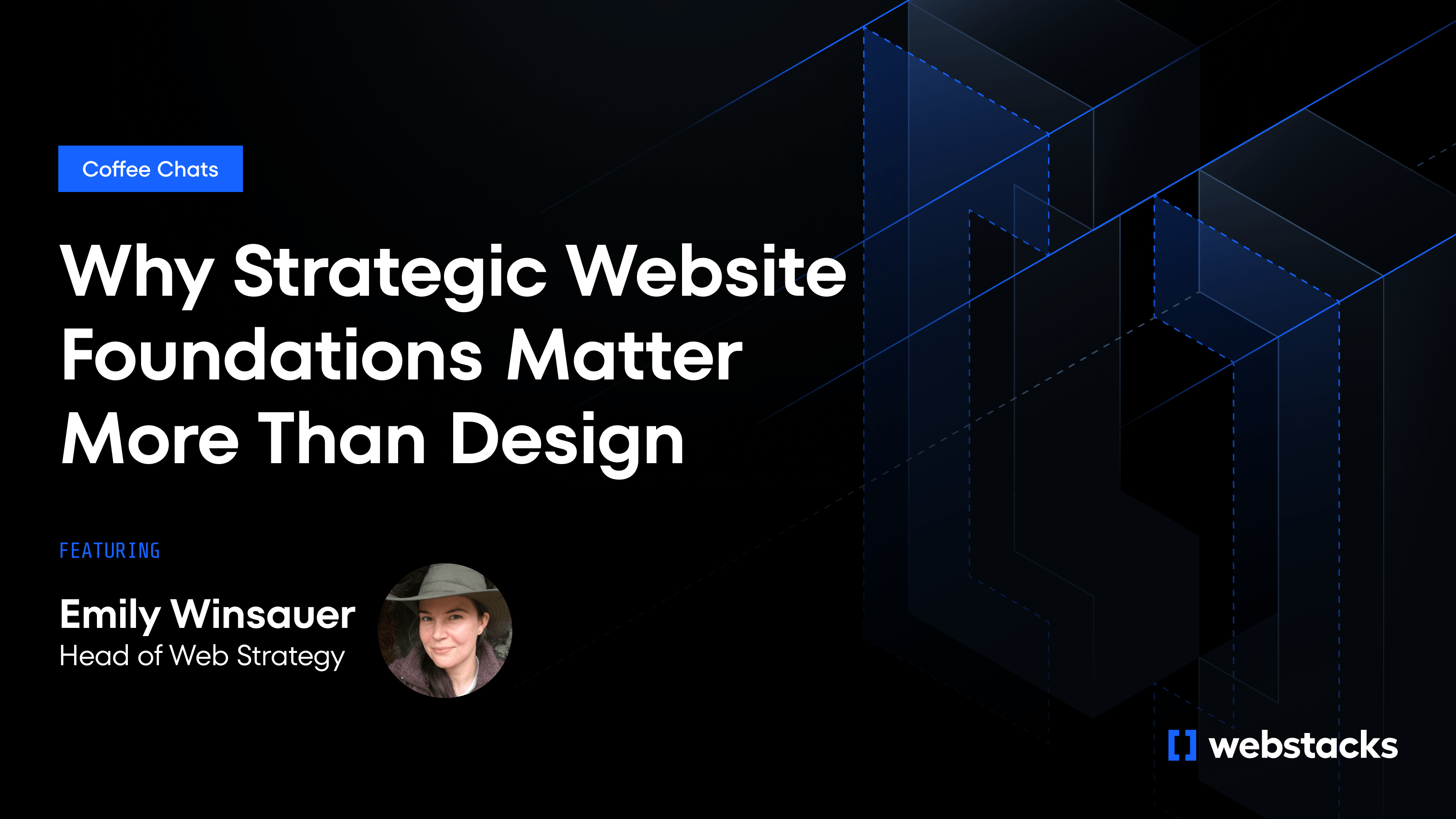B2B SaaS demand generation is about creating consistent, qualified interest in your product over time.
But here’s the challenge: your buyers aren’t following a straight path. They’re researching on their own, comparing tools quietly, and waiting until the last minute to raise their hand. If your strategy is built around forms and cold outreach, you’re already behind.
You don’t need another set of marketing tricks. You need a system that works across the whole funnel, from the first touch to a sales-ready conversation.
That starts with how your site performs, how fast your team can launch campaigns, and how your content speaks to real buyer needs.

What Makes B2B SaaS Demand Generation Different from Traditional Lead Gen
B2B SaaS demand gen isn’t just lead gen with a new name. It’s a shift in how you attract, engage, and convert buyers who move at their own pace.
Traditional lead gen focuses on collecting emails. You run a campaign, gate a PDF, and hope a few leads turn into meetings. But in SaaS, that doesn’t cut it anymore. Buyers want value up front. They want to explore on their terms, and most of the time they do it long before sales gets involved.
Demand generation is a long game. You build awareness, educate the market, and create systems that bring in high-intent traffic over time. Instead of pushing people to convert too early, you give them reasons to stick around.
Here’s where SaaS makes it tricky:
- The sales cycle takes longer
- More people are involved in the decision
- The product usually needs more explanation.
That’s why your demand gen efforts need to cover more ground. You’re not just filling the top of the funnel, you’re guiding the whole journey. That includes SEO content, targeted campaigns, product education, and sales enablement.
When it works, it feels like momentum. Traffic grows, more visitors raise their hands, and your pipeline becomes more predictable.
How to Build a B2B SaaS Demand Gen Engine
These are the building blocks that help SaaS teams turn interest into pipeline:
1. Start With a Clear Message and a Sharp Focus
Before you run campaigns or optimize your website, you need to clarify who you’re targeting, what you’re saying, and why it matters to them.
A lot of demand gen problems come down to weak positioning. You might have solid content and a decent funnel, but if your message doesn’t click, buyers lose interest fast. That’s especially true in SaaS, where competition is high and product differences are subtle.
Start by refining your ICP. Go beyond firmographics and dig into behavior.
Ask yourself:
- What triggers someone to look for a solution like mine?
- What problems are they trying to solve?
Then talk about the problems they’re trying to solve and how you help, not just what your product does.
Take HeyGen as an example. They didn’t just talk about video tools—they positioned themselves as the fastest way to scale video creation without editing overhead. That clarity made it easier to attract the right buyers and create content that converts.
Good demand gen starts with alignment. When your team agrees on who you’re talking to and what they care about, everything else, from SEO to paid ads, gets easier to scale.
2. Turn Your Website Into a Demand Engine
If your marketing team can’t move fast on your website, your demand gen efforts will slow down too.
Most campaigns begin with a page. Think:
- A new product launch
- A webinar registration
- A gated content offer
- An ABM landing page
But if launching a simple update takes a dev sprint or two, you’re already behind. Most SaaS websites weren’t built for speed. They’re set up like one-time projects instead of systems you can keep improving.
Your website should work like a product. That means modular components, clean CMS workflows, and the ability for marketers to ship updates without waiting on engineers.
That’s how we work at Webstacks. We help SaaS companies rebuild their sites with scalability in mind, using composable architectures, atomic design systems, and tools like Sanity or Contentful. Once the setup is in place, teams can launch experiments, publish content, and iterate fast.
That kind of setup changes everything. Campaigns go live in days, not weeks. Marketers can publish without waiting in line. And every page stays on brand and focused on conversion.

3. Use Channels That Actually Build Pipeline
The right channels can drive real results when paired with strong execution and clear intent.
Start with Paid Social
LinkedIn is great for reaching decision-makers in specific industries. But don’t just push ads—use it to retarget visitors, reinforce your message, and stay top-of-mind during long buying cycles. Meta can work too, especially when your content teaches instead of sells.
Leverage Organic Search
SEO takes longer, but it becomes your most cost-efficient channel when done right. You’re capturing buyers actively looking for solutions and are halfway through the decision process. However, SEO only works if your content is well-structured, your site is fast, and your CMS doesn’t get in the way.
Consider Co-Marketing
Partnering with complementary SaaS tools lets you tap into new audiences with less spend. ServiceTitan, for example, has grown their reach by teaming up with vendors their customers already trust. Webinars, bundled offers, or shared content can all drive leads without building everything from scratch.
Attend Events and Join Communities
Owned Slack groups, niche podcasts, and small virtual sessions can create direct conversations that convert faster than cold traffic ever will.
The best demand engines combine a few channels, test quickly, and double down on what works.
4. Get Teams on the Same Page to Drive Conversions
Getting leads is one thing. Turning them into pipeline is a different game. And it doesn’t belong to marketing alone.
Too often, demand gen breaks down between functions. Marketing drives traffic, but sales doesn’t have the right context. Or RevOps isn’t looped in early enough to help qualify and route leads properly. When each team runs in isolation, the handoffs get messy and conversion rates drop.
High-performing SaaS teams treat conversion as a shared responsibility. That means aligning across roles and using tools that help everyone stay connected.
Start by breaking down your funnel into clear stages:
- Awareness
- Engagement
- Qualified interest
- Sales opportunity
Then, create assets that support each step. Build landing pages tailored to your ICP segments. Add sales enablement content that addresses common objections. Use microsites to support product launches or vertical-specific campaigns.
The best part is that your website can be the hub for all this. With the right CMS, you can create and customize these resources without looping in dev every time.
5. Build a Tech Stack That Helps You Move Faster
Every SaaS team wants to move faster. But if your tools don’t work well together, even simple campaigns can feel like a grind.
Most demand gen issues result from friction in the stack, such as a difficult-to-update CMS, a slow-loading site, or data stuck across platforms with no clear source of truth. These problems compound fast, especially as your team grows.
That’s why more companies are moving toward composable setups. A modern stack, built with headless CMSs like Contentful or Sanity, frameworks like Next.js, and hosting on platforms like Vercel, allows teams to move without starting from scratch every time.
That’s why more companies are moving toward composable setups. A modern stack typically includes:
- Headless CMSs like Contentful or Sanity
- Frontend frameworks like Next.js
- Performance-first hosting platforms like Vercel
Together, these tools let teams move faster, without starting from scratch every time.
For example, Calendly came to Webstacks with strong growth but limited flexibility on the web. After migrating to a new stack, their marketing team could publish faster, run more tests, and scale campaigns without waiting on developers. The tech was an upgrade that became a growth multiplier.
The goal is to remove the blockers that slow your team down and build a system that supports how you work.
6. Focus on Metrics That Matter
If you're measuring the wrong things, it's hard to know what’s working or where to double down.
In demand generation, not every click or download is a win. High traffic might look good on a dashboard, but it doesn’t mean much if it doesn’t turn into conversations or pipeline. What you track should tie directly to business outcomes.
Start by asking better questions, such as:
- Is this campaign bringing in the right audience?
- Are these leads showing intent beyond the first click?
- How many of them are converting to a qualified pipeline?
Instead of obsessing over MQL volume, look at how leads move through the funnel. Track return visits, time on page, product interactions, and demo requests from high-fit accounts. These signals paint a clearer picture of real interest.
Attribution can help, but don’t rely on it too much. Some of your best leads will come from indirect paths such as a podcast, a LinkedIn comment, or a mention in a community. Those won’t always show up in your reports, but they matter.
The best SaaS teams use data as a compass. Not to overanalyze every click, but to stay aligned on what’s driving growth and what’s just noise.
Build Demand With Systems That Keep Up
B2B SaaS demand generation doesn’t need to be complicated. But it does need to be consistent and built on systems that don’t slow your team down.
When your site is flexible, your message is clear, and your tools work the way your team does, demand generation stops feeling like guesswork. You attract better buyers, launch faster, and turn interest into a real pipeline.
That’s what we help SaaS companies do at Webstacks. From scalable site architecture to CMS workflows that put marketers in control, we build the foundation for growth that lasts.
If you’re ready to simplify your stack and start generating demand that compounds, let’s talk.




